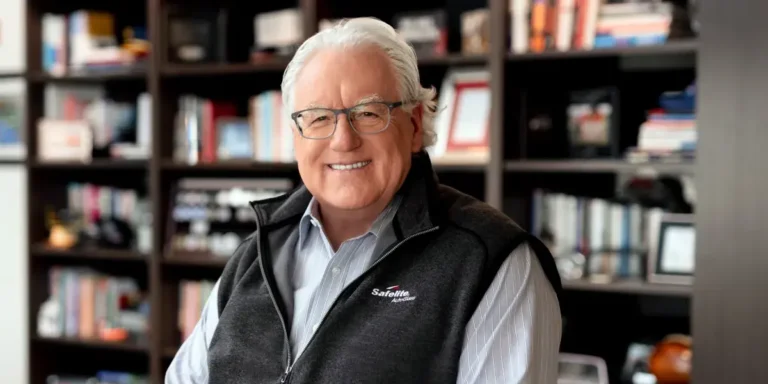
In the early 20th century, Henry Ford and his wife, Clara, envisioned an innovative approach to education and community support. Their efforts culminated in the establishment of the Valley Farm School, an 80-acre facility located in western Dearborn, Michigan, near Michigan Avenue and Monroe Street. Licensed by the State Board of Corrections and Charity, the school provided a secure home and occupational training for orphans and children whose parents could not care for them.
The journey toward what would become the renowned Henry Ford Trade School began in 1916 when six students from the Valley Farm School were transferred to the AA Building at Ford’s Highland Park plant to receive mechanical training. This marked the humble beginnings of an educational institution that would leave an indelible mark on thousands of young lives.
A Model of Practical Education
Over its 35-year history, the Henry Ford Trade School graduated more than 8,000 boys, providing them with both academic knowledge and practical skills. Approximately one-third of the curriculum was devoted to academic subjects such as math, English, history, and public speaking, while the remaining two-thirds focused on hands-on shop work, including woodworking, welding, electrical engineering, and repair.
The school prioritized admission for orphans, sons of widows, and boys from underprivileged backgrounds. Students, ranging in age from 12 to 18, received stipends to cover living expenses and support their families. Beginning at 20 cents per hour, the stipend increased by one cent per hour every six weeks for consistent performance. In addition to financial support, the program provided health and dental care and established a savings fund for each student, which was disbursed upon graduation.
Growth and Expansion
In 1927, the Trade School expanded with a second branch at the B Building at the Ford Rouge plant. By 1930, peak enrollment reached nearly 3,000 students, leading to the consolidation of the program at the Rouge site. The school awarded its first official diplomas in 1937, and two years later, the inaugural commencement ceremony was held at the iconic Ford Rotunda.
Students at the Trade School also enjoyed a rich array of extracurricular activities, such as participating in band, chorus, radio club, and sports teams or contributing to the school’s newsletter, The Artisan. These opportunities fostered personal growth and a sense of community among the students.
Innovation in Education
In 1938, Ford added a new dimension to the Trade School experience with the creation of Camp Legion, a 500-acre training facility near Dearborn. This addition, formally integrated into the Trade School in 1944, focused on agricultural education, offering students the chance to learn farming techniques alongside their industrial training.
The Trade School consistently evolved its curriculum to meet changing educational standards and state diploma requirements. This adaptability ensured that students graduated with skills relevant to the evolving demands of industry and society.
Transition to Modern Education
By the early 1950s, the landscape of education in skilled trades had shifted significantly, with similar opportunities becoming widely available elsewhere. Recognizing this change and the growing need for professional education, Ford decided to wind down the Trade School program. The school closed in 1952, and its assets were donated to the City of Dearborn. These resources were integrated into what became Henry Ford Community College, which continues to provide diverse educational opportunities.
Inclusive and Holistic Approach
The Henry Ford Trade School also extended its reach through various programs. The Foreign Student Section, known as the Ford English School, worked with students from around the globe, teaching them English and practical trades. Summer programs offered underprivileged children the chance to learn agricultural skills, including how to grow and sell their own food for income.
Legacy of the Trade School
The Henry Ford Trade School’s impact extended far beyond its official tenure. It stood as a beacon of opportunity for thousands of boys, equipping them with the tools to build better lives for themselves and their families. By blending academic instruction with hands-on experience, the school prepared its students not only for successful careers but also for meaningful contributions to their communities.
Although the Trade School is no longer in operation, its legacy lives on in the educational philosophies it championed and the institutions it helped shape. The transition to Henry Ford Community College ensured that the vision of providing accessible, high-quality education would endure, adapting to meet the needs of future generations.







